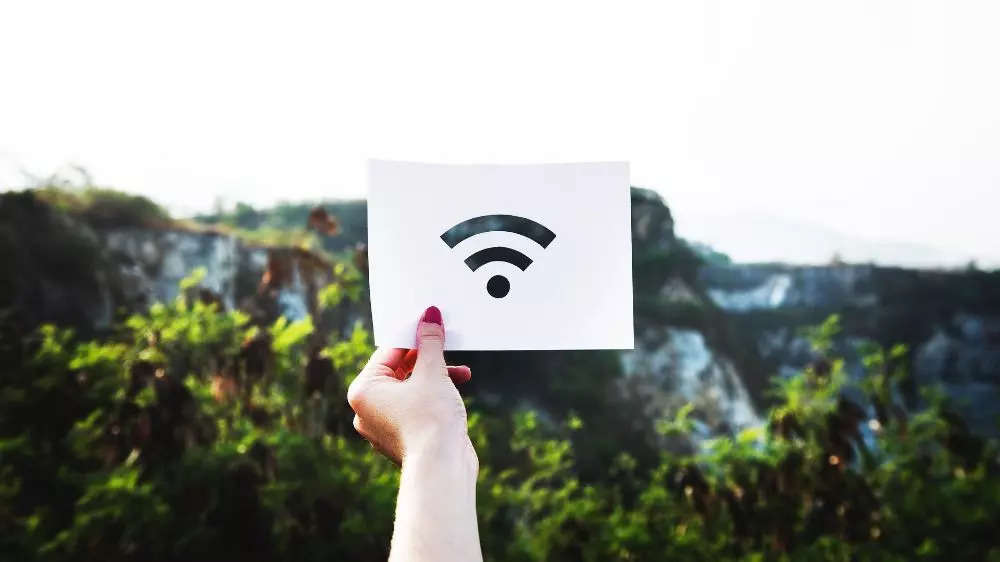Airtel: Explained: Laser-based internet technology and how Google, Airtel will use it in India – Times of India
What is this new technology?
The latest laser-based internet technology has been developed at Alphabet’s California innovation lab, called X. The project is internally known as Taara. This technology uses light beams to deliver fast internet services.
Alphabet’s website claims that just like fibre (without cables) Project Taara uses light to transmit information at super high speeds through air in the form of a very narrow, invisible beam. The company’s site also confirms that with a clear line of sight, wireless optical communications technology can transmit data at speeds up to 20 Gbps.
Experts consider that this system will be effective in tough locations where connections using fibre cables are difficult or locations that are facing congestion on terrestrial radio network systems. Among other global locations, members of Alphabet’s Taara team are currently aiming to deploy its light beam internet technology in India and Africa.
How it will be used in India
An X spokesperson has confirmed the partnership with Airtel which entails the largest deployment of Taara’s wireless optical communications links with a single customer (Airtel) in India to date. The teams will be working closely together to install these links in both rural and urban settings across the country,” the X spokesperson added.
Taara’s technology can help service providers to offer one of the most affordable data prices per gigabyte to end customers. This will be done by eliminating costs related to digging trenches or stringing cables along poles. “The middle mile Taara addresses is a critical part of a high-speed network,” the spokesperson continued.
Alphabet’s Project Taara team has reportedly designed a machine that resembles traffic lights. These lights beam the laser carrying the data at fast speeds in remote locations. Meanwhile, Airtel will be responsible for building out communications infrastructure in these places and using the Taara machines.
The latest partnership between Airtel and Alphabet comes after another Bharti Group-backed company, OneWeb is trying to launch internet separately from space services in India’s far-flung corners by October using its global low earth orbit (LEO) satellite constellation.
Google reportedly started Project Taara after its earlier attempts to use stratospheric balloons to deliver internet connectivity faced high-cost challenges. Under Project Loon, Google planned to use balloons to carry mobile Wi-Fi routers floating in the stratosphere to bring internet access to remote areas with little to no existing infrastructure. The project failed as it faced a lot of challenges and was later shut down by the company.
function loadGtagEvents(isGoogleCampaignActive) { if (!isGoogleCampaignActive) { return; } var id = document.getElementById('toi-plus-google-campaign'); if (id) { return; } (function(f, b, e, v, n, t, s) { t = b.createElement(e); t.async = !0; t.defer = !0; t.src = v; t.id = 'toi-plus-google-campaign'; s = b.getElementsByTagName(e)[0]; s.parentNode.insertBefore(t, s); })(f, b, e, 'https://www.googletagmanager.com/gtag/js?id=AW-877820074', n, t, s); };
window.TimesApps = window.TimesApps || {}; var TimesApps = window.TimesApps; TimesApps.toiPlusEvents = function(config) { var isConfigAvailable = "toiplus_site_settings" in f && "isFBCampaignActive" in f.toiplus_site_settings && "isGoogleCampaignActive" in f.toiplus_site_settings; var isPrimeUser = window.isPrime; if (isConfigAvailable && !isPrimeUser) { loadGtagEvents(f.toiplus_site_settings.isGoogleCampaignActive); loadFBEvents(f.toiplus_site_settings.isFBCampaignActive); } else { var JarvisUrl="https://jarvis.indiatimes.com/v1/feeds/toi_plus/site_settings/643526e21443833f0c454615?db_env=published"; window.getFromClient(JarvisUrl, function(config){ if (config) { loadGtagEvents(config?.isGoogleCampaignActive); loadFBEvents(config?.isFBCampaignActive); } }) } }; })( window, document, 'script', );
For all the latest Technology News Click Here


